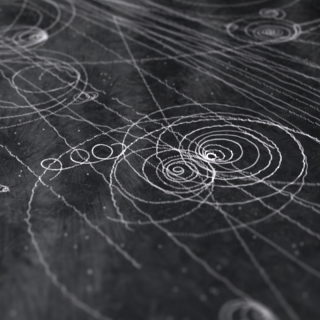Subvenciones relacionadas:
General
Massive stars has been many times claimed as Cosmic Engines and Gifts of Nature for the study of the Universe, from the Solar neighbourhood to the large-z Universe. The complete understanding of the physical properties and evolution of massive stars (and their interplay with the ISM) is crucial for many fields of Astrophysics and, ultimately, to understand the evolution of the Cosmos. In spite of the remarkable avances in the modelling and spectroscopic analysis techniques of these stars occurred in the last two decades, our knowledge of these important (but complex) astrophysical objects has been, until very recently, limited to conclusions extracted from the analysis of single-epoch medium resolution spectroscopic observations of relatively small samples. This situation is slowly but surely changing with the compilation and analysis of large spectroscopic surveys of OB stars in the Milky Way and other external galaxies. The IACOB project is an ambitious long-term project which is contributing to the new era of investigation of massive stars by concentrating on Galactic OB stars. In particular, the project aims at building a large database of high-resolution, multi-epoch, spectra of Galactic OB stars (uisng the FIES@NOT2.5m and HERMES@MERCATOR1.2m facilities at the ORM observatory, La Palma, Spain), and the scientific exploitation of the database using state-of-the-art models and techniques. The main drivers of the project are: (1) to increase the statistics of Galactic OB stars with accurate physical parameters and abundances, (2) to investigate in detail some of the still open questions in our knowledge of the physical properties and evolution of massive stars (e.g., the actual masses of these stars, the nature of the O Vz stars, the driving mechanism of stellar winds in the weak wind regime, the uncertain stage of B supergiants in an evolutionary context, the actual rotational velocities of massive stars, the physical origin of the macroturbulent broadening, and the impact of rotation/binarity/pulsations on the evolution of massive stars), and (3) to provide an unique ground-based spectroscopic database supporting/complementing the future Gaia database.
Miembros
Actividad científica
Publicaciones relacionadas
Charlas relacionadas
No se han encontrado charlas relacionadas.Congresos relacionados
No se han encontrado congresos relacionados.Noticias
No se ha encontrado ninguna noticia relacionada.



